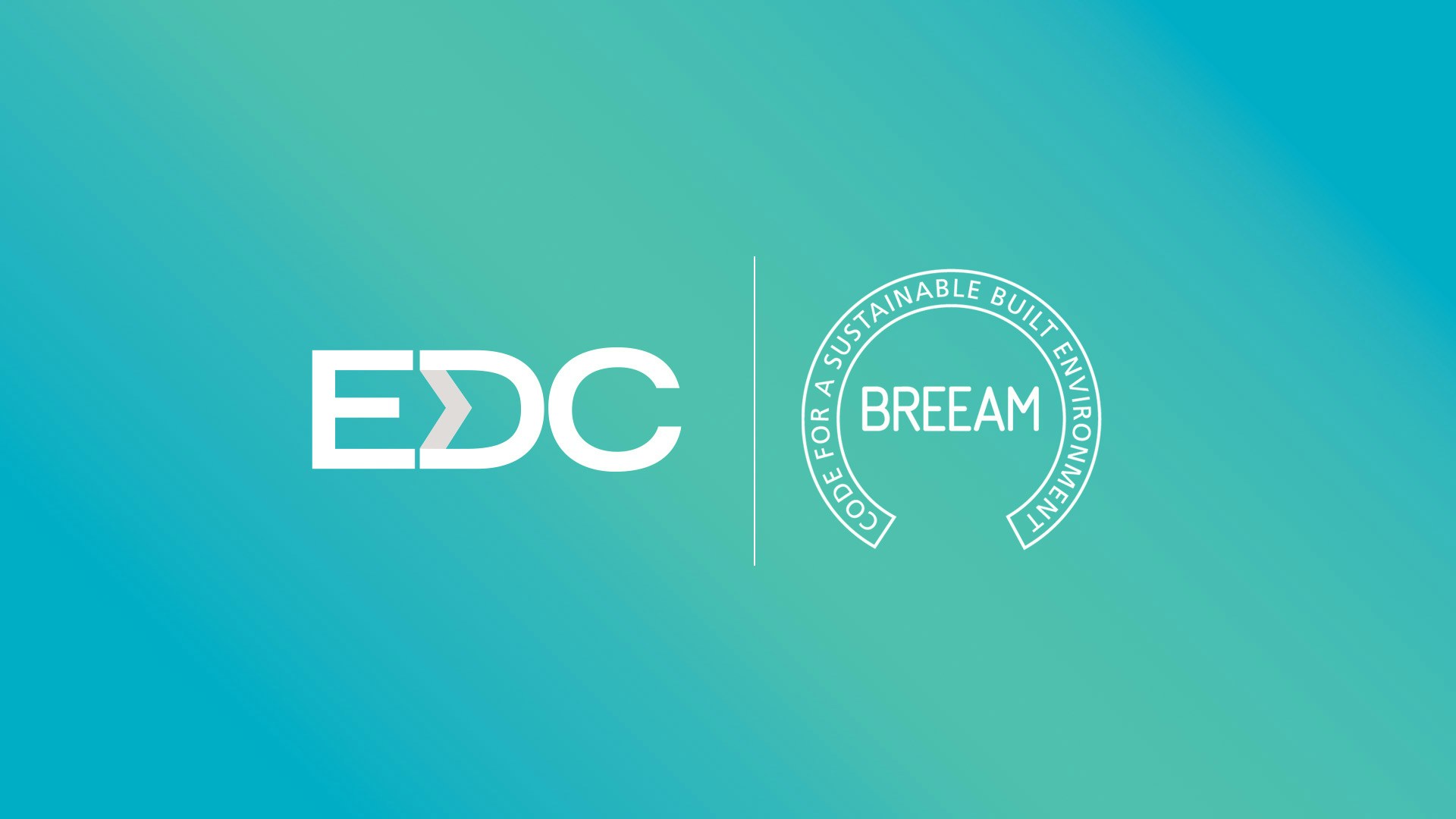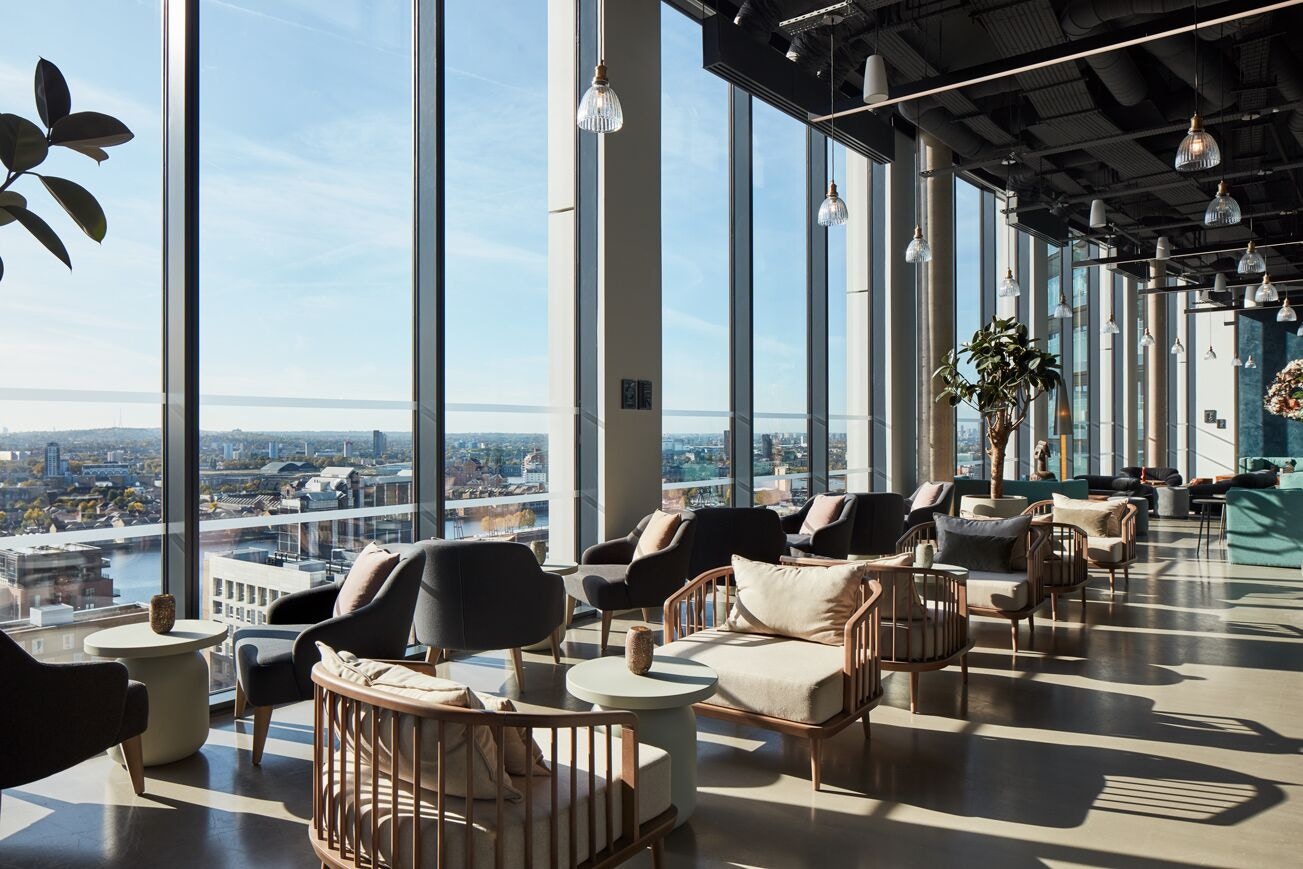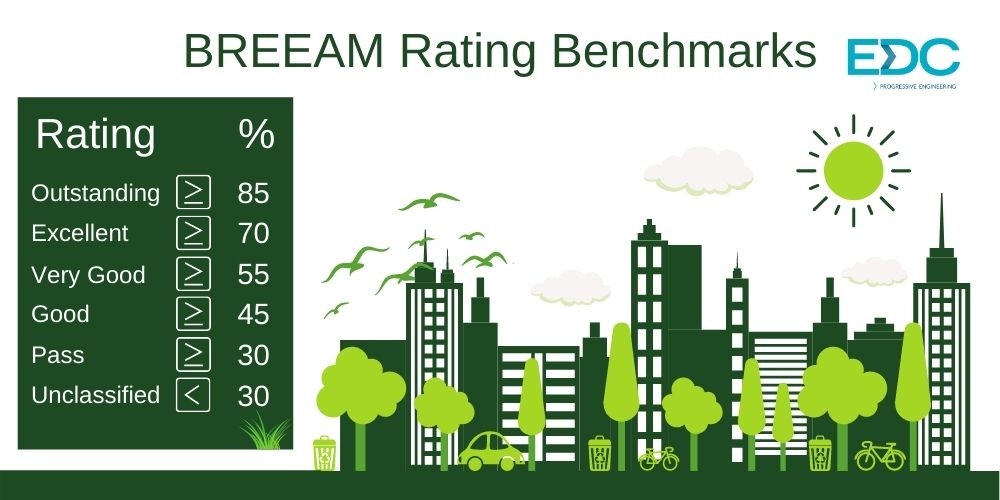



Start the Building Research Establishment Environmental Assessment Method (BREEAM) process as early as possible. It makes achieving sustainability targets easier than leaving it too late and costing money. We have recently achieved BREEAM ‘Excellent’ on the worlds largest-co-living development on The Ark, Canary Wharf. Currently, the most prominent sustainability assessment and certification process in the UK is the Building Research Establishment Environmental Assessment Method (BREEAM).
So, does BREEAM assess the factors that matter most, and how applicable and relevant is it to all buildings?
Launched in 1990, BREEAM is now the industry norm in the UK. This certification now records sustainability credentials for over half a million buildings under the scheme. BREEAM is regularly updated to maintain its alignment with industry issues the BREEAM 2018 New Construction manual has replaced the 2014 iteration.
BREEAM 2018 has a particular focus on minimising the effects of the building on local air quality as well as the quality of indoor air circulation. Importantly there is also a need to take into account the VOC and PM emissions from mechanical equipment for space heating and hot water, so it is important to ensure your plants are in line with EU emissions labelling.
Ultimately BREEAM looks to ensure that developments are working to mitigate their impact on the climate by building developments that are climate resilient and built to enhance the well-being of the people who live and work in them.

What are the benefits of Factoring in BREEAM process early?
The BREEAM certification has an impact on all aspects of a build, from building features, location, services and building type. This presents a challenge for design teams as not only do they need to focus on specific solutions but also that these factors need to incorporated into overall building requirements.
Design teams need to work towards a stainable design ethos from the start. This will ensure not only sustainable building processes but this type of design process and knowledge will ensure a sustainable building in its entirety rather than one that covers just the BREEAM credit requirements on a piecemeal basis.
What factors contribute to the BREEAM rating?
Energy, health, wellbeing, transport, water use, ecology & biodiversity, materials, waste, and pollution are measured, with credits awarded under each metric, equating to an overall score which distinguishes a building in achieving its certification rating. There are assessments for all types of buildings (domestic, public, commercial and industrial), and all stages of a building’s lifecycle – new construction, fit-out, refurbishment and in-use.
One of the most important changes in the 2018 manual is the emphasis placed on addressing the energy performance gap between design and actual performance. Under BREEAM 2018, extra credits are available for detailed energy modelling including the estimated unregulated energy demand and possible verification stage of actual performance. BREEAM 2018 also now takes into account setting appropriate NOx emission targets based on the project location.
Less than top 1% of
buildings (innovator)
Top 10% of buildings
(best practice)
Top 25% of buildings
(advanced good practice)
Top 50% of buildings
(intermediate good practice)
Top 75% of buildings
(standard good practice)
